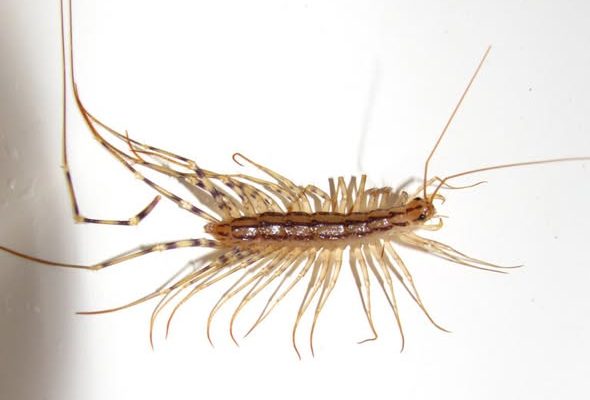A centipede crawling across a white background can trigger an immediate urge to squash it. The sight of its many legs scurrying in all directions often sparks a mix of surprise and disgust. Most people react instinctively when a centipede appears in their home, especially in dark or damp areas such as bathrooms, basements, or under sinks. However, taking a moment before reacting can make a difference. Killing one might not be the best choice, and understanding why can help you make a more thoughtful and informed decision about what to do next.
Centipedes thrive in humid environments, which makes them common in places that already attract other pests. They are drawn to moisture and to the small insects that live in such spaces. While their fast, darting movements and long, jointed legs can be alarming, these same characteristics make them highly skilled hunters. A centipede moves with incredible speed and precision, allowing it to catch prey that most other creatures cannot. Its presence in your home often indicates that it is on a mission to find and consume other insects that you likely do not want around.
House centipedes act as natural pest controllers. They feed on cockroaches, spiders, ants, termites, silverfish, and other small household bugs, reducing the population of these unwanted pests without the use of chemicals or traps. In this way, they quietly perform an important service for homeowners. Despite their eerie appearance, they play a valuable role in maintaining a cleaner and healthier indoor environment. Each centipede you see has likely prevented the spread of other pests that could damage your home or contaminate your food.
If the thought of sharing space with them still makes you uncomfortable, there are humane and effective ways to manage their presence. Lowering humidity levels is one of the best strategies. Using a dehumidifier, improving ventilation, or fixing leaks will make your home less attractive to both centipedes and the smaller insects they hunt. You can also seal cracks around baseboards, windows, and drains to limit their entry points. If you find one wandering inside, simply trap it gently in a glass container and release it outside. This approach lets you keep your home pest-free while respecting the centipede’s role in nature.
When released into a suitable natural setting such as a garden bed, compost pile, or an area with moist soil and rocks, centipedes continue their role as beneficial predators. They help maintain the balance of local ecosystems by feeding on insects that could otherwise overpopulate. Allowing them to return to nature supports biodiversity and ensures that they continue their natural pest control work in an appropriate environment, far from your living space.
Contrary to popular belief, house centipedes are not dangerous to humans. Their small venomous fangs are designed only to paralyze tiny prey. They cannot pierce human skin, and they do not carry diseases. In fact, they tend to avoid humans entirely, coming out mostly at night when it is quiet and dark. Understanding their harmless nature can ease fear and encourage coexistence. Instead of viewing centipedes as frightening intruders, we can see them as unexpected allies. They remind us that even the most unsettling creatures can serve an important purpose, quietly keeping our homes and surroundings in better balance.



